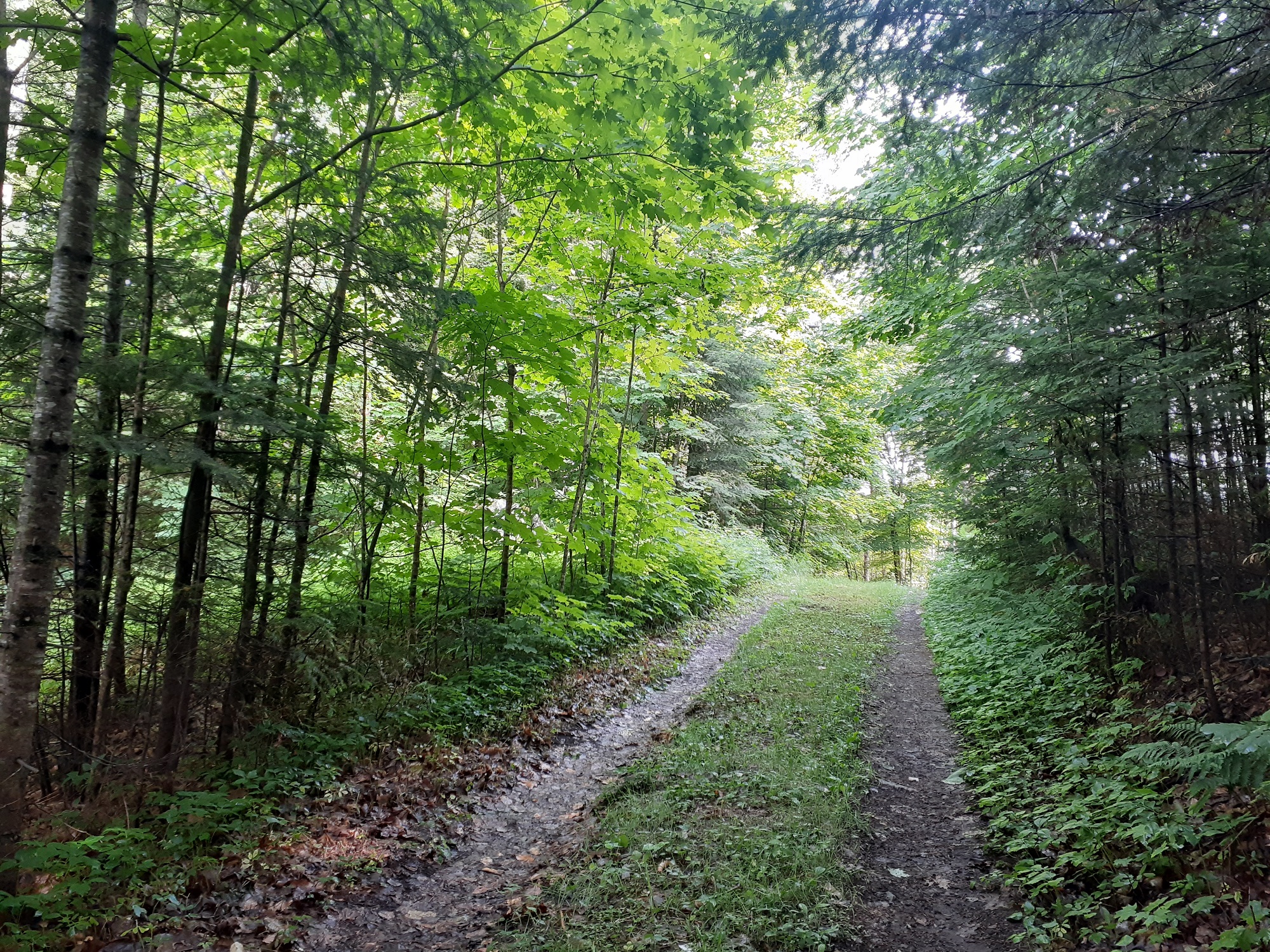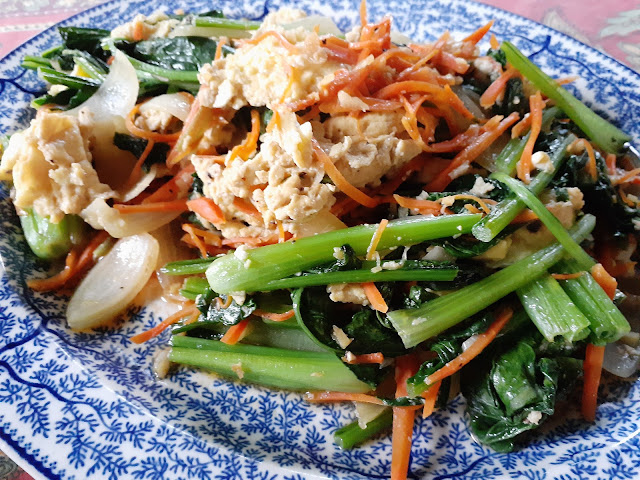This year we’ve been getting more and more involved in gardening. Apart from taking care of the vegetables and flowers, we are still practically extending our farmland. I am spending more than 10 hours a day in the garden, which has kept me from updating my blogs.
Because the outdoor growing period in Canada is limited, complete self-sufficiency is not realistic for us, but at this moment, it seems like we won’t have to buy many leafy greens this summer.
The disadvantage of living in the countryside is that it is difficult to get Asian food ingredients, let alone Japanese ones. In a bigger city like Montreal, there are Asian supermarkets where you can buy Asian vegetables, but in the area where we live now they don’t have a big selection.
The best way is growing our favourite Asian vegetables in our garden. So, when we find seeds and seedlings of Asian vegetables in gardening centres, we try to be proactive and try them out.
We are growing Komatsuna for the first time this year. Komatsuna is a type of vegetable belonging to the cruciferous family. Although they look very similar to spinach, Komatsuna has a lighter taste and much less lye than spinach. We often use Komatsuna in soup, hot pot dishes, boiled or stir-fried.
It is not difficult to grow in our place since Komatsuna prefers a relatively cool climate. It takes about 40 to 50 days from sowing to harvest. Young leaves can be eaten raw in salad, and the baby leaves can take only 20 days or so from sowing before harvest.
I fried them with eggs.
This is the first harvest of red radish this year. They were small but juicy with a little bitterness.
If your radishes don’t grow much under the ground, don’t be disappointed because the radish leaves can be eaten.
I made pickles with radish leaves. I chop them into small pieces and add them to fried rice.
This is Chinese cabbage. Last year we left them to flower and they sprouted on their own by self sowing this year.
If you sow Chinese cabbage at the wrong time, the leaves don’t curl up well, and the flowers start to appear. However, the stem with flowers (buds) can be eaten as “Nanohana 菜の花 (rape blossoms)”. In Japan, Nanohana is even more precious than Chinese cabbage itself. We also harvest them after they have flower buds and eat them stir-fried or in soup.
I stir-fried young Chinese cabbage leaves with canned tuna.
These are arugula and salad greens. We grow arugula every year. If you cut off the outer leaves to harvest them, they will grow more and more. You will continuously harvest fresh and tasty young salad leaves for a certain period of time.
This is today’s morning harvest. It might not be very clear in the photo, but the top left is radish, the bottom left is komatsuna (with some Chinese cabbage leaves mixed in), the top right is a mixed salad (baby leaves) and the bottom right is young Chinese cabbage leaves.
If we could consistently harvest this much every day, it would be enough for the two of us.
Some fruit vegetables such as tomatoes, cucumbers take a long time to harvest, so it is not realistic to be self-sufficient without a greenhouse. However, I imagine that we don’t have to buy any vegetables during the harvest season, although we still have some more time to go before that.
<<< Previous Post: Thinning out the Chinese cabbage
Next Post >>> Propagating Thai basil by cuttings












